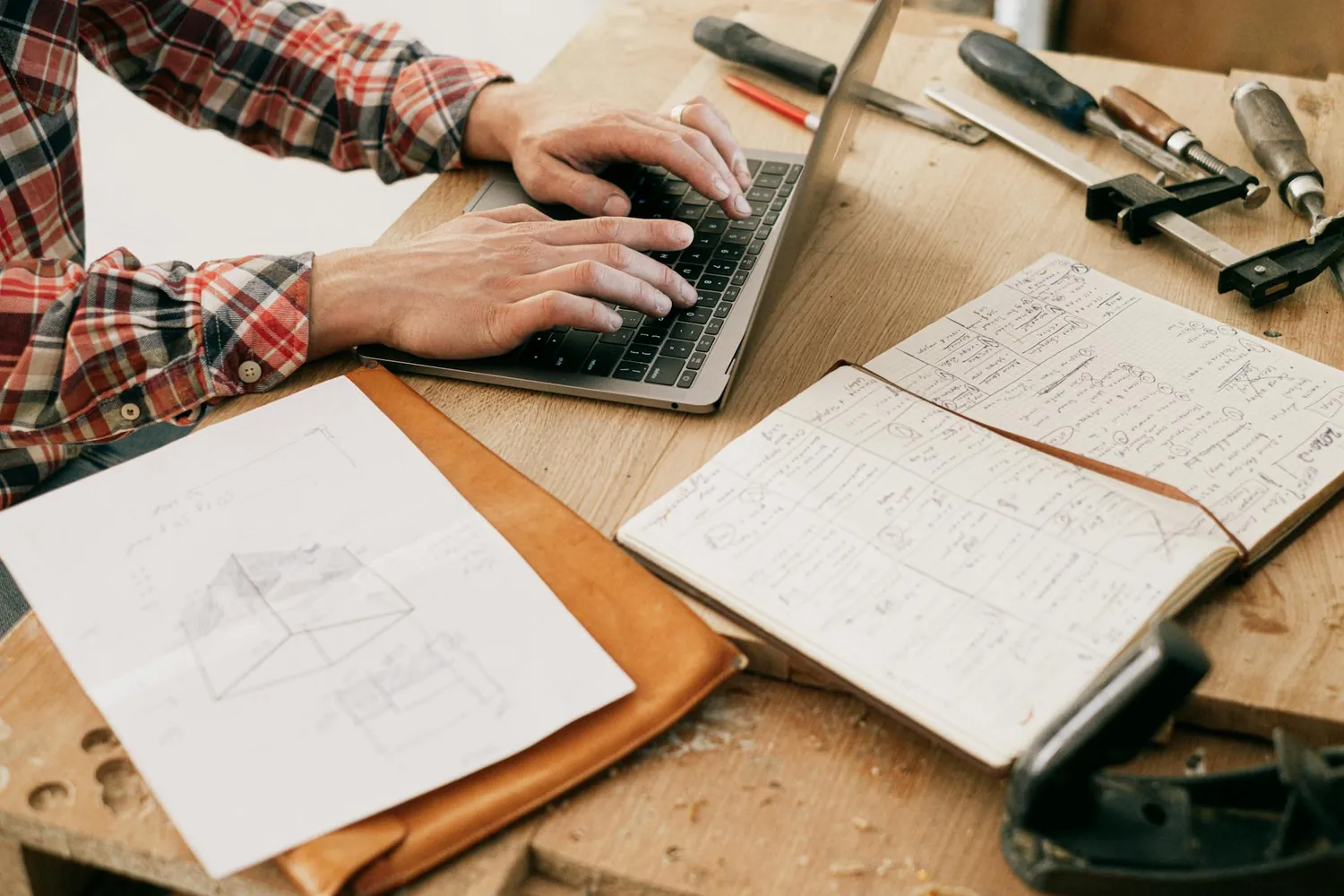Artistic Innovation: Strategies for Combining Digital and Conventional Methods

The Fusion of Digital and Traditional Art
In recent years, the art world has witnessed an intriguing convergence of digital and conventional techniques. Artists today have a vast toolkit at their disposal, allowing for unprecedented experimentation and innovation. This fusion enables creators to explore new dimensions in their work, pushing the boundaries of what art can be.
Digital art offers flexibility, speed, and endless possibilities, while traditional methods provide tactile experiences and a deep connection to historical practices. When combined, these approaches can lead to strikingly original results that resonate with both artists and audiences.
Approaches to Blending Methods
Sequential Hybridization
One common strategy is sequential hybridization, where artists begin with traditional techniques before transitioning to digital tools. This approach allows the artist to establish a foundational texture or structure using physical materials before refining or transforming the piece digitally.
Pros: This method maintains the authentic feel of traditional mediums while leveraging digital capabilities for enhancement.
Cons: It can be time-consuming and requires proficiency in both domains.
Example: A painter might start with an acrylic underpainting to create a textured background and then scan the work to add layers or modify colors using software like Adobe Photoshop.
Parallel Integration
Another technique is parallel integration, where artists use digital and conventional methods simultaneously throughout the creative process. This approach fosters a seamless interaction between the two mediums, encouraging dynamic and iterative creation.
Pros: Continuous interchange between tools can inspire fresh ideas and lead to innovative compositions.
Cons: It demands a high level of dexterity in managing different tools concurrently.
Example: An illustrator may sketch digitally while occasionally printing drafts to apply watercolor washes, scanning the result back into the digital environment for further refinement.
Digital-First Experimentation
This approach involves starting entirely in the digital realm to explore ideas without material constraints. Artists can experiment freely with shapes, colors, and compositions before committing any part of the work to physical media.
Pros: Offers unmatched flexibility and ease of revision, making it ideal for brainstorming and prototyping.
Cons: May lack the visceral quality of traditional techniques until transferred to physical media.
Example: Concept artists often create detailed digital mock-ups that are later brought to life through printmaking or painting techniques.
Practical Tips for Combining Techniques
- Know Your Tools: Invest time in understanding both digital platforms and traditional materials. Mastery over tools opens up creative possibilities.
- Create a Workflow: Establish a clear workflow that incorporates both mediums. Whether you begin with digital or traditional, define stages where each method will play a role.
- Embrace Mistakes: Use accidents as opportunities for innovation. The unpredictability of combining methods can lead to unexpected beauty.
A Mini-Framework for Experimentation
- Start with a Concept: Define your artistic vision and consider how each method can contribute uniquely.
- Select Your Primary Medium: Decide whether digital or conventional will serve as the starting point based on your comfort level and project goals.
- Integrate Feedback Loops: Incorporate review phases where you assess progress and make adjustments using both mediums.
- Finalize with Flexibility: Be open to changing your finishing medium. An artwork may evolve naturally towards one medium over another during creation.
Pioneering Artists and Inspirations
Contemporary artists like Alexandra Lelièvre, who blends digital photography with oil painting, exemplify how mixing mediums can yield transformative effects. Another notable example is Carlos Alvarado, who merges CGI with clay modeling to create immersive sculptures.
Exploring the works of such artists can provide invaluable insights into how different materials interact and inspire innovative thinking.
The Future of Hybrid Art Forms
The blend of digital and traditional art is not just a passing trend but a glimpse into the future of creativity. As technology advances, new tools will further blur the lines between digital and physical realms. Artists who embrace these changes will continue to expand the possibilities of expression and redefine what art can mean in our digital age.
